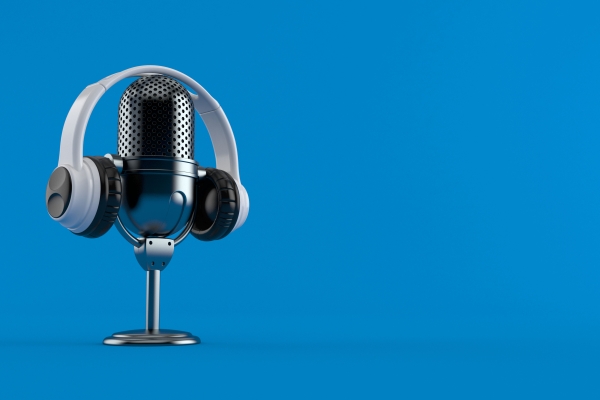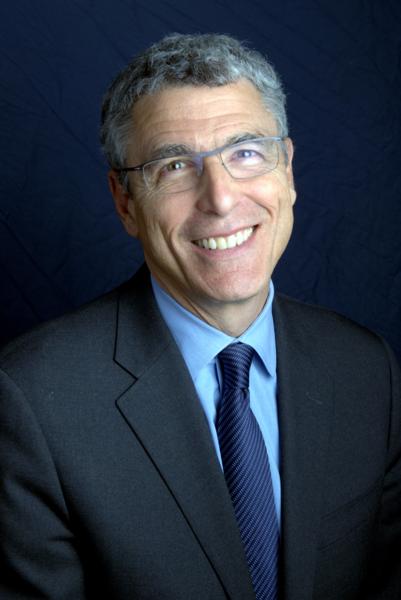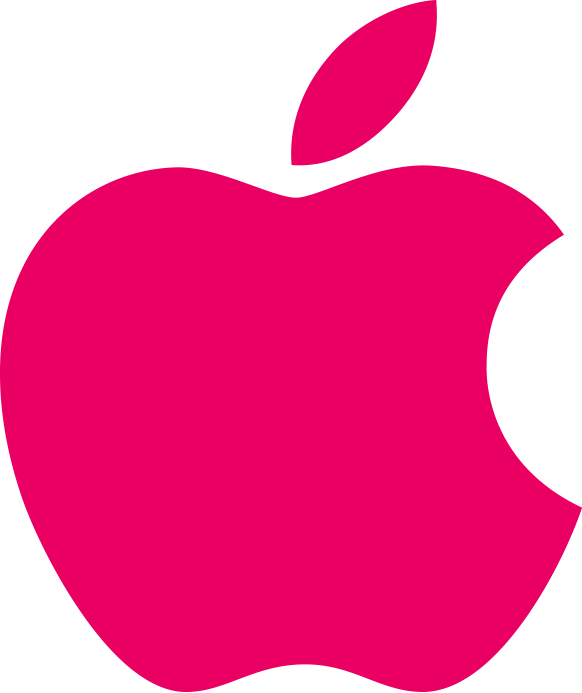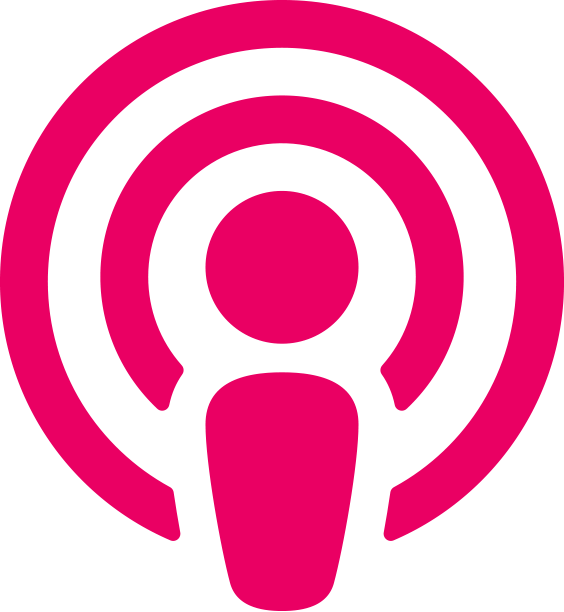In this week's Torah portion, Parashat Tazria, we learn about tza'ra'at, or leprosy. The weekly Mi Shebeirach prayer asks for healing, and we view prayer and visiting as part of the healing process. But is healing the same thing as a physical cure? Rabbi Rick Jacobs discusses healing as an ongoing, spiritual process, complete with connections to the community and to God.
Three ways to listen:
- Listen to the full podcast below
- Subscribe to the podcast on Apple Podcasts
- Suscribe to the RSS feed
Transcript
[URJ Intro:] Welcome back to “On the Other Hand: 10 Minutes of Torah,” a podcast presented by ReformJudaism.org. Each week, Rabbi Rick Jacobs, the President of the Union for Reform Judaism, shares a little bit about the Torah portion in about 10 minutes or less. This week, Rabbi Jacobs teaches us about Parashat Tazria, and he asks, "How do we help bring about healing?" Not just physical, but also the healing of spirit and energy.
[Rabbi Rick:] This week, we focus our attention on Parashat Tazria from the book of Leviticus. It's the first of two parshiyot that address the whole subject of leprosy in particular. The biblical disease that was really something quite, quite serious. Traumatic. And the question is really what is the response? How does one diagnose leprosy? And then most importantly, what is the healing process and the purification to bring someone from the isolation of leprosy back into the loving embrace of community?
I want to begin by noting that in biblical times, the priest was more than just the ritual functionary. The person who officiated at the ancient temple. The person who blessed the people. The priest was the kohein in Hebrew-- was also the one who helped to diagnose, and to heal, and to really nurture the people back to wholeness. Today, of course, we go to the doctor for healing. Sometimes we also bring now in contemporary Jewish practice, we bring the names of our loved ones to t'filah, to services.
And very often during the Mi Shebeirach prayer, we pray for healing in addition to seeking out medical attention. So, I want to use the podcast today to really delve into healing and Judaism. To not just focus on leprosy, but all the different ailments that we experience. And what is it that we learn from this spiritual tradition of Judaism as to how we can not simply respond, but how we can heal. So even thinking about the Mi Shebeirach prayer-- Mi Shebeirach-- may the one who blessed our ancestors, may the same Holy One bless the individual that we pray for.
And remember to cure the body means to wipe out the tumor, to clear up the infection, or regain mobility. To heal the spirit, well, that involves creating a pathway to sensing wholeness, depth, purpose, and peace. Lives and relationships can be healed even-- and this is important-- when there's no possibility of a physical cure. “Healing” is not identical to “cure.”
There's a beautiful teaching that I found. It's actually someone who did a doctoral dissertation in Near Eastern Languages who comes to the more accurate definition of refuah sh'leimah. Refuah means healing. sh'leimah means complete healing. Well, he actually says that refuah should not be translated as just to heal as though it means something about removing the symptoms. He says rather the ancient word refuah describes an ongoing process in which something or someone is gradually restored to wholeness.
That's the work of healing. And when we can, obviously, to bring a cure. But in all cases, to be able to bring to a person a sense of wholeness. A sense of being connected to the community, to the Holy One, and to the things that matter most. There's some amazing teachings in Judaism about healing, and about frankly what we're supposed to do to visit the sick. And there's some really great teachings. I love the story in the Babylonian Talmud.
And it says that Rabbi Chelbo got sick. And there upon, Rav Kahana went and proclaimed “Rav Chelbo is sick!” But nobody went to visit him. And he rebuked them saying, “Did it not once happen that Rabbi Akiva's disciple fell ill, and the sages not visit him? And what did Rabbi Akiva do? Rabbi Akiva himself went to visit this person. And because of the great Rabbi Akiva was coming, they cleaned up the ill person's home, and they did all these things.”
And when Rabbi Akiva visited, that person was already feeling better because there was all this attention. And it's a beautiful statement that frankly, our tradition says that our visiting can really make a difference. And another part of the same tractate, it says that by visiting the sick we can actually remove 1/60 of a person's illness. Just the act of going to visit somebody at home or in the hospital removes 1/60 of the illness.
And of course the brilliant Talmudic sages say, hey, if that's true let's get a bunch of people to go. Let's get 60 people to go visit, and they can take away the entire illness. But the text goes on to say, no no, no. It doesn't work that way. You remove 1/60. The next person who comes to visit removes 1/60 of the illness that remains. So, it's not possible just to overrun somebody with good wishes and with visitors.
But it does raise the question, and I think it's true, that our visits and our caring for a person not as a physician but as just a community of caring people, we actually can make people feel better. Not just for a moment, but actually.
So, I want to tell the story of one of my personal heroes, Rabbi Nancy Wechsler, who a number of years ago she was actually teaching. I was the educator of a wonderful synagogue just across the Brooklyn Bridge here in New York. And one day when Nancy was coming to teach for us, she was in a terrible accident. Hit by a car. And she went through 15 reconstructive surgeries. And it was just a really challenging period. But she was just amazing. Just extraordinary.
And she says that people responded in many ways. One of her rabbis from her childhood wished the rabbi could be there to hold her hand, to cry with her, and to feel the pain. And she said that's actually not what was really helpful. What was helpful when people brought energy, and love, and hope, and color, and light to her hospital room with beautiful cards, and a beautiful melody, or a prayer. That's what would give her strength.
And she prayed with the Muslim and the Baptist nurses. And she practiced visualization. And the morning of a surgery, and there were many of them, she would tape to her gown a little message. "Good morning. God bless all of us during this surgery," she wrote. And then she drew a little picture of a mug filled with steaming coffee. This is the kind of energy that brought her a sense of refuah. A sense of healing and wholeness. And it's just possible by virtue of the teachers to come to healing, to view it in a very different way.
Dr. David Spiegel from Stanford University published just a trailblazing study where he did two groups. One group of women were recovering from metastatic breast cancer were part of a support group. Another group, same exact medical treatment, but they weren't part of a psycho-spiritual support group. And it turns out, guess which group did better?
Again, this is not a rabbi's study. Not that it would be insignificant if it were a rabbi. This is a physician, a research physician, who determines that the spiritual support group gave people not just a good feeling, but that feeling connected. Feeling that you had a place where you could bring all of the experiences of your illness and your healing. He knows that they had simply better medical outcomes.
Amazingly, Maimonides -- go back to the 12th century. Moses Maimonides, who was a physician, a philosopher, and a Jewish legal scholar, he says, if a person was bitten by a snake or a scorpion, it's permitted to whisper a charm, a magical incantation, just to give it a more colloquial translation, on the place where he was bitten, even if it's on Shabbat, in order to give the person peace of mind.
So, here's the great physician, Maimonides saying, you know what? If you can just even say something that may not have medical validity, but it's going to have a healing effect, Maimonides says, harei zeh meshubach, this is good. There are so many different studies about the power of prayer and healing. So, one particular prayer study goes back and finds that 39% of patients sought out their rabbi for a medical condition. 82% of patients who were Christian sought out their ministers. 78% who were Catholic sought out their priest.
Amazingly, the Jewish community seems to turn to prayer a little bit less than other faith traditions. Is that because we question the impact of those? Well, I think part of it is that we need a fuller understanding of what frankly is really involved in the healing. It's not necessary to say that this is magic. But feeling a loving presence of a visitor, of a family member, of a clergy person actually makes a difference. We know this. We know this in our life experience. I know this as a rabbi for many years that sometimes we can underestimate the power of spiritual healing.
And sometimes the medical establishment is pretty amazed by the physical and medical impact of both prayer, spiritual practice, and mostly feeling connected. Just to go back for a moment to the beginning, when a person was diagnosed with leprosy, the one who diagnosed was the priest because he wasn't accusing that person. Diagnosing the illness meant he was going to be part of the healing.
And to say that part of what we did in antiquity is we removed the leper from the community. We disassociated. We disconnected them from some of the very healing connection and community that is so vibrant and necessary. What we see today is feeling that connection. Feeling that connection with God, with our family, and with our community is not just a good thing. It's a transformative experience. And it can bring us refuah sh'leimah. Not always a cure. But always, always a deeper sense of being connected and being whole. All of us are going to be, at some point in our lives, patients. And all of us in our lives can be people who bring healing, and hope, and connection.
So, as we read Parashat Tazria, we read about an ancient illness, we see illness all around us. And maybe you're yourself struggling. This is about finding a new way to think about wholeness, about healing, about community, about the gifts that we give, and the gifts that we receive.
So, refuah sh'leimah. A full healing to each and every one of you. And may each of us do our part to bring healing and wholeness to those around us.
[URJ Outro:] Thanks for joining us for this week's episode of “On the Other Hand: 10 Minutes of Torah.” If you liked what you heard today, and we hope you did, you can find new episodes each week at ReformJudaism.org and on Apple Podcasts, where we would love for you to rate and review us. And you can visit ReformJudaism.org to learn more about all aspects of Judaism, including rituals, culture, holidays, and more. “On the Other Hand: 10 Minutes of Torah” is a project of the Union for Reform Judaism. A leading voice in the discussion of modern Jewish life.
Until next week – l’hitraot!
Give to the URJ
The Union for Reform Judaism leads the largest and most diverse Jewish movement in North America.




